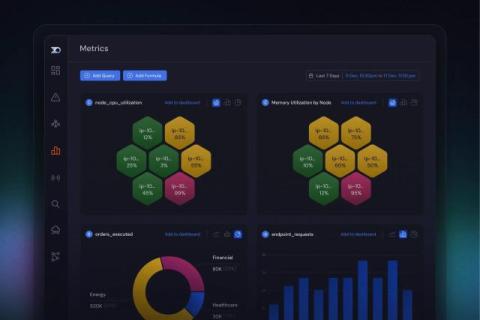The Next Generation of AI-Powered Observability
AI is changing our world, and its impact on observability is no different. This article discusses some of the components of a good observability platform, how AI is well-positioned to revolutionize observability, and how Lumigo Copilot Beta will provide substantial value to customers and partners.











